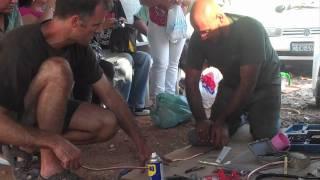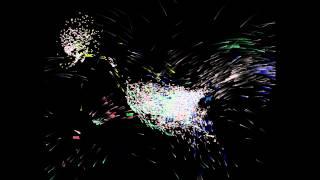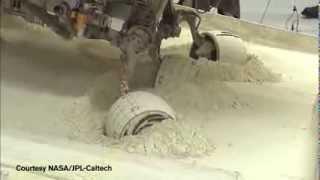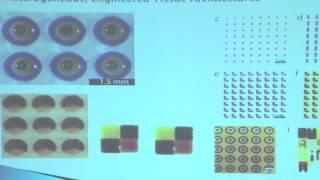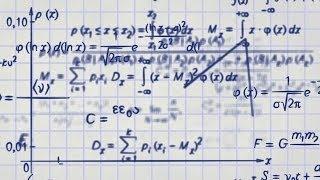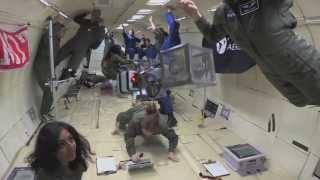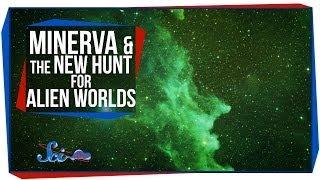Time Travel, Teleportation & Science
Time travel is the concept of moving between different points in time in a manner analogous to moving between different points in space, generally using a theoretical invention, namely a time machine. It has a commonly recognized place in philosophy and fiction, but has a very limited application in real world physics, such as in quantum mechanics or wormholes.
Although the 1895 novel The Time Machine by H. G. Wells was instrumental in moving the concept of time travel to the forefront of the public imagination, The Clock That Went Backward by Edward Page Mitchell was published in 1881 and involves a clock that allowed three men to travel backwards in time.[1][2] Non-technological forms of time travel had appeared in a number of earlier stories such as Charles Dickens' A Christmas Carol. Historically, the concept dates back to the early mythologies of Hinduism (such as the Mahabharata), Buddhism, and Islam through ancient folk tales. More recently, with advancing technology and a greater scientific understanding of the universe, the plausibility of time travel has been explored in greater detail by science fiction writers, philosophers, and physicists.
Teleportation, or Teletransportation, is the theoretical transfer of matter or energy from one point to another without traversing the physical space between them. It has a commonly recognized place in science fiction literature, film, and television, but as yet has a very limited application in real world physics, such as quantum teleportation or the study of wormholes.
Science (from Latin scientia, meaning "knowledge") is a systematic enterprise that builds and organizes knowledge in the form of testable explanations and predictions about the universe. In an older and closely related meaning, "science" also refers to a body of knowledge itself, of the type that can be rationally explained and reliably applied. A practitioner of science is known as a scientist.
In modern usage, "science" most often refers to a way of pursuing knowledge, not only the knowledge itself. It is also often restricted to those branches of study that seek to explain the phenomena of the material universe.
Source : Wikipedia
-
03:55
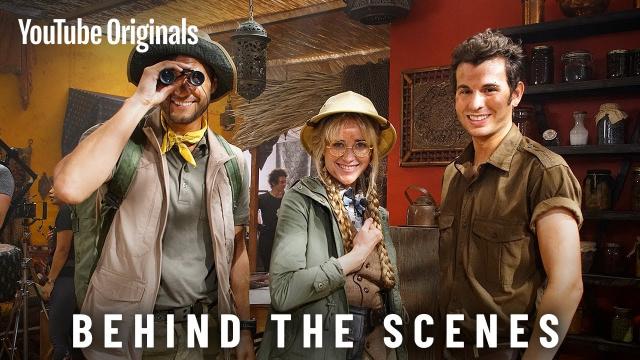
Punch Punch Revolution: The SCIENTIFIC Machines of CYSTM: Jumanji!
Added 441 Views / 0 LikesWATCH THE MAIN EPISODE: https://www.youtube.com/watch?v=RVFCCSQJymILearn about some of the awesome machines used by Jake (me) and the CYSTM crew as they investigate if you could survive the movies...and you get to meet the woman we have to thank for Jake
-
06:21
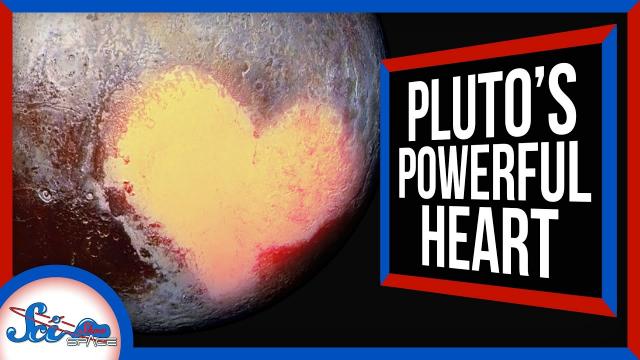
How Pluto's Heart Makes Its Atmosphere Spin Backward | SciShow News
Added 458 Views / 0 LikesPluto's heart is revealing itself to be a major influence on the dwarf planet’s landscape and atmosphere, and scientists used atom probe tomography (APT) for the first time on lunar soil to study it atom by atom!Hosted by: Hank GreenSciShow has a spinoff
-
02:19
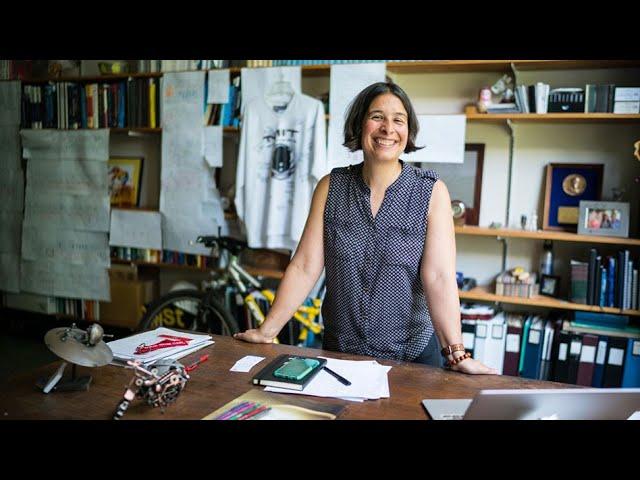
Isolating together: Checking in with Anette “Peko” Hosoi
Added 397 Views / 0 LikesThe MIT community, like most of the world, is scattered and distancing due to the Covid-19 pandemic. Here, Mary Beth Gallagher, from MIT’s Department of Mechanical Engineering (MechE), checks in with Anette “Peko” Hosoi, a professor in MechE as well as th
-
12:24
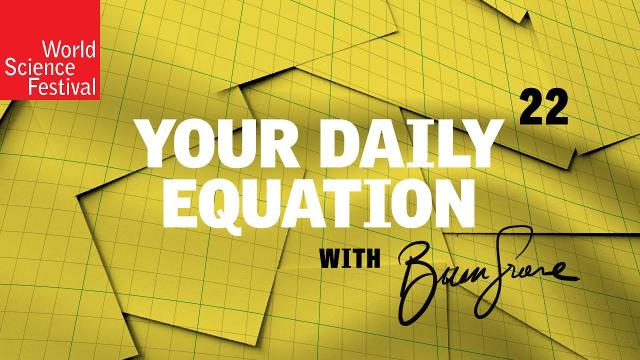
Your Daily Equation #22: 8 - 2 ÷ 2 x 3 + 4 = ?
Added 495 Views / 0 LikesEpisode 22 #YourDailyEquation: Simple arithmetic problems go viral with people proposing all sorts of different answers. It speaks to an important concept--the order of various operations matters--but, as Brian Greene discusses, is often taught in a less-
-
06:26
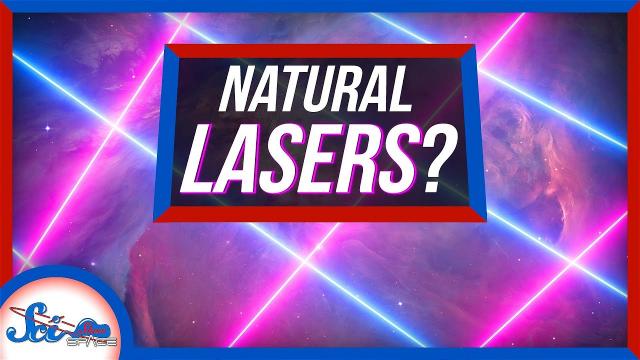
The Cosmic Lasers That Form in Outer Space
Added 555 Views / 0 LikesGet 10% off today—WITH FREE WORLDWIDE SHIPPING—by going to http://ridge.com/SCISHOW and use code “SCISHOW” at check out.Lasers are incredible narrow beams of light we can use to do everything from cutting metal to operating on people's eyeballs. But even
-
08:15

Sandy Alexandre (An MIT Community Vigil)
Added 463 Views / 0 LikesAssociate professor in literature at MIT Sandy Alexandre speaks to the community. Watch more videos from MIT: http://www.youtube.com/user/MITNewsOffice?sub_confirmation=1The Massachusetts Institute of Technology is an independent, coeducational, privately
-
54:53
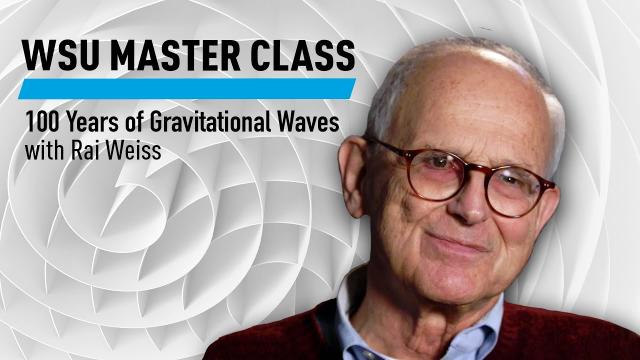
WSU: 100 Years of Gravitational Waves with Rai Weiss
Added 442 Views / 0 LikesNobel laureate Rai Weiss is best known as one of the original creators of the Laser Interferometer Gravitational-Wave Observatory (LIGO). Join him as he explores the history of this amazing project and the technology that made it a reality. #WorldSciUThis
-
56:26
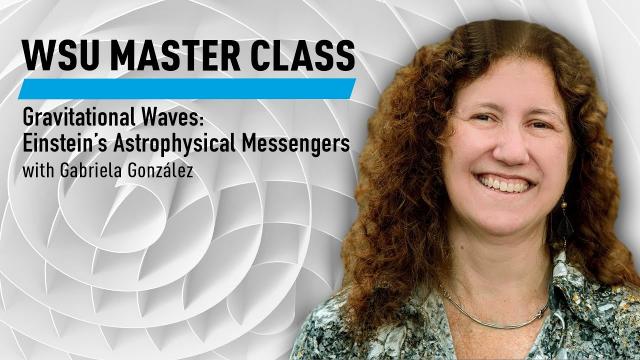
WSU: Gravitational Waves | Einstein’s Astrophysical Messengers with Gabriela González
Added 299 Views / 0 LikesGabriela González guides you through the ground-based experiments LIGO uses to search for gravitational waves. Learn about the detection process and what mysteries they hope to solve about our universe.On September 14, 2015, the Laser Interferometer Gravi
-
04:04
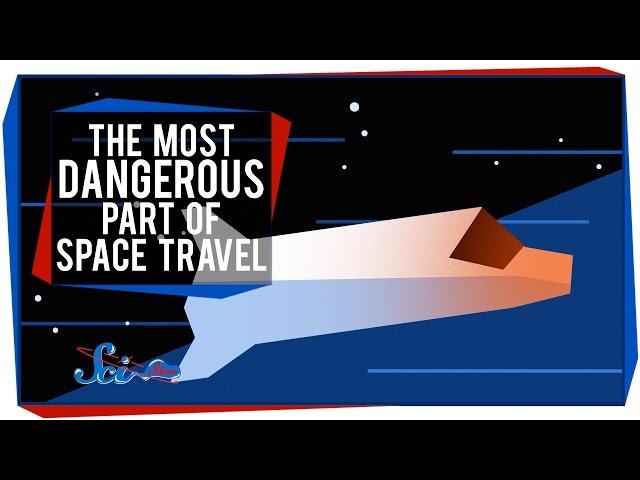
The Most Dangerous Part of Space Travel: Coming Home
Added 645 Views / 0 LikesThe Most Dangerous Part of Space Travel: Coming Home
-
00:39
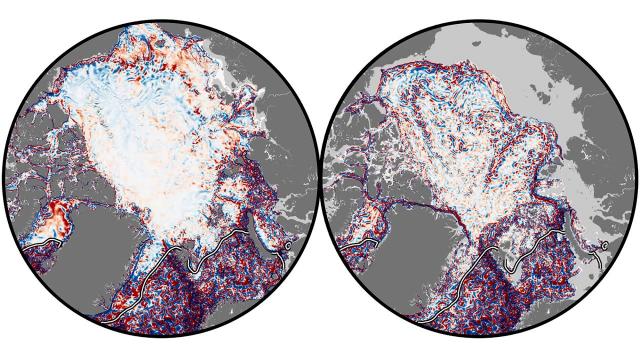
Arctic eddies
Added 210 Views / 0 LikesThe seasonal turn in Arctic eddy activity has puzzled scientists for decades. Now a study by a team of MIT oceanographers may offer an explanation. In their new paper, the researchers show that the main ingredients for driving eddy behavior in the Arctic
-
14:41
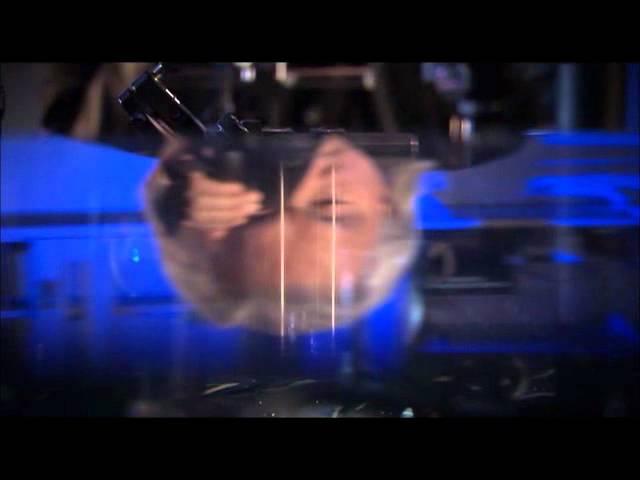
Sci-Fi Science Physics of the Impossible Season 1 Episode 8 How to Build a Light Saber Part 1
Added 940 Views / 0 LikesSci-Fi Science Physics of the Impossible Season 1 Episode 8 How to Build a Light Saber Part 1
-
05:22
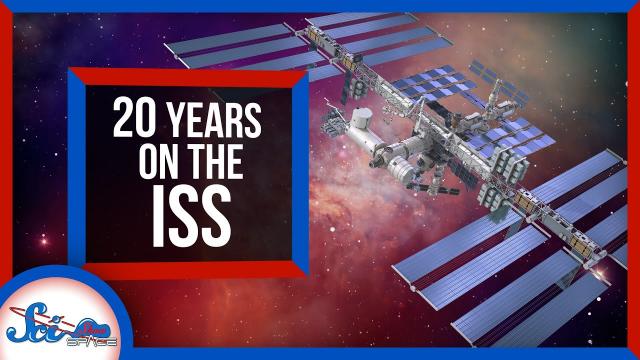
Fire, Lightning, and Crystals in Space: 20 Years on the ISS
Added 274 Views / 0 Likes2020 marks two decades of people living and working about the ISS, and from fireballs to microgravity grown crystals, they've been keeping busy.SciShow has a spinoff podcast! It's called SciShow Tangents. Check it out at http://www.scishowtangents.org----
-
04:32
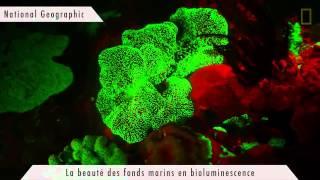
Zapping : chef d'orchestre wifi, détecteur de veines et chute sous vide
Added 777 Views / 0 Likes

